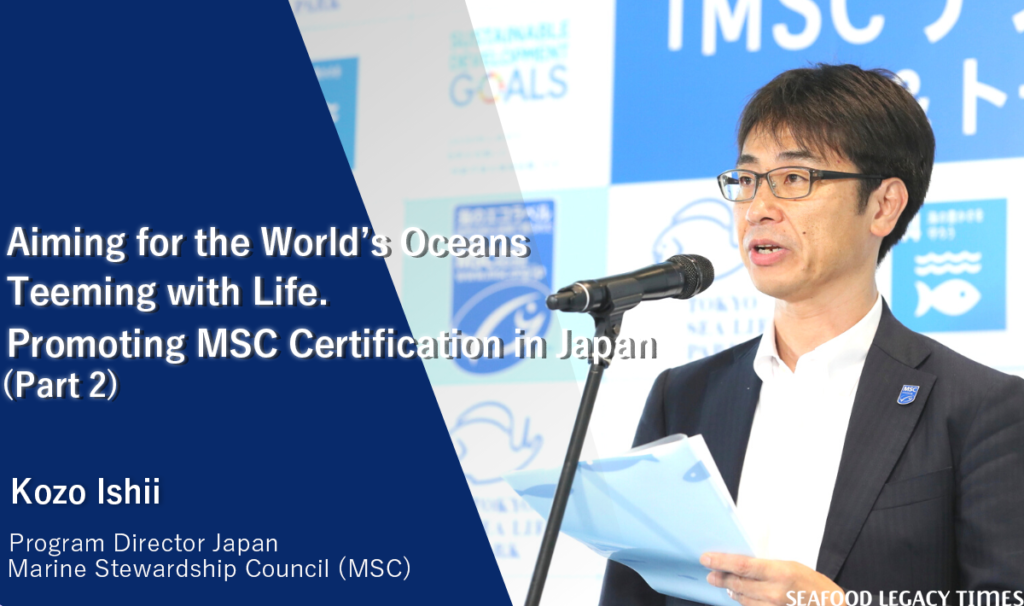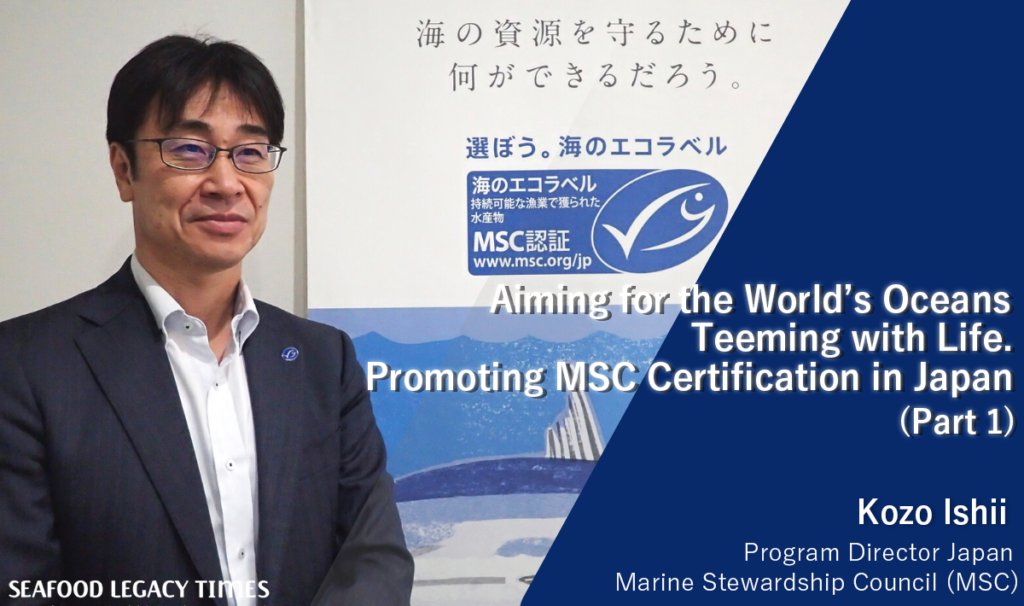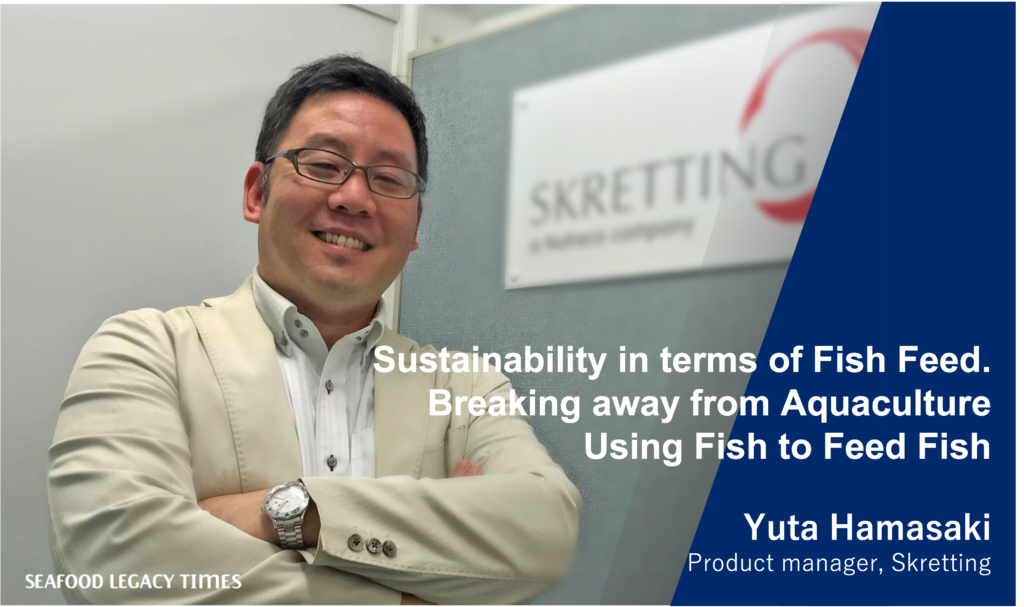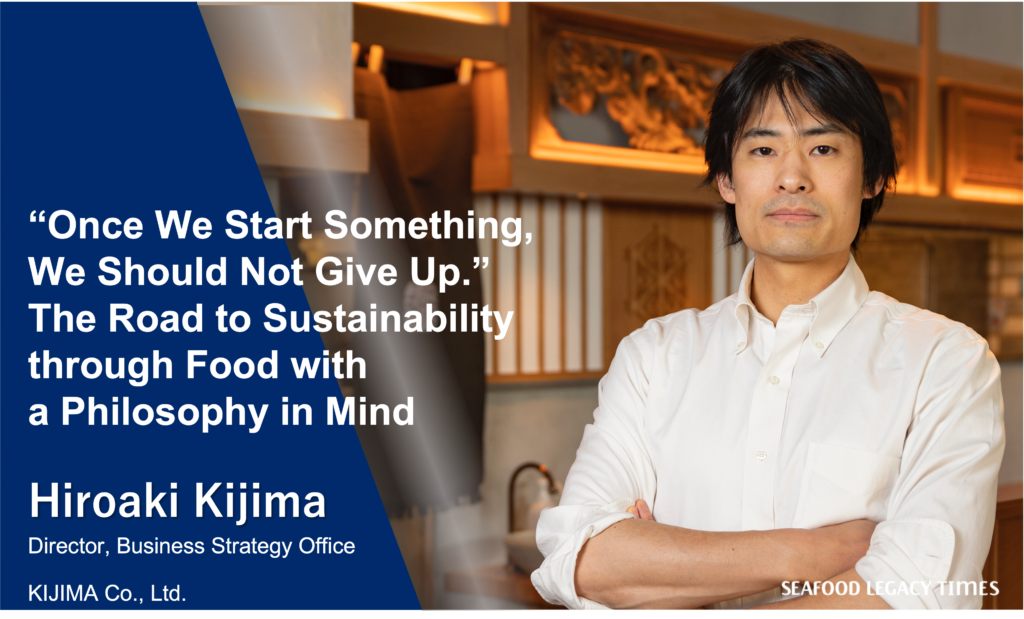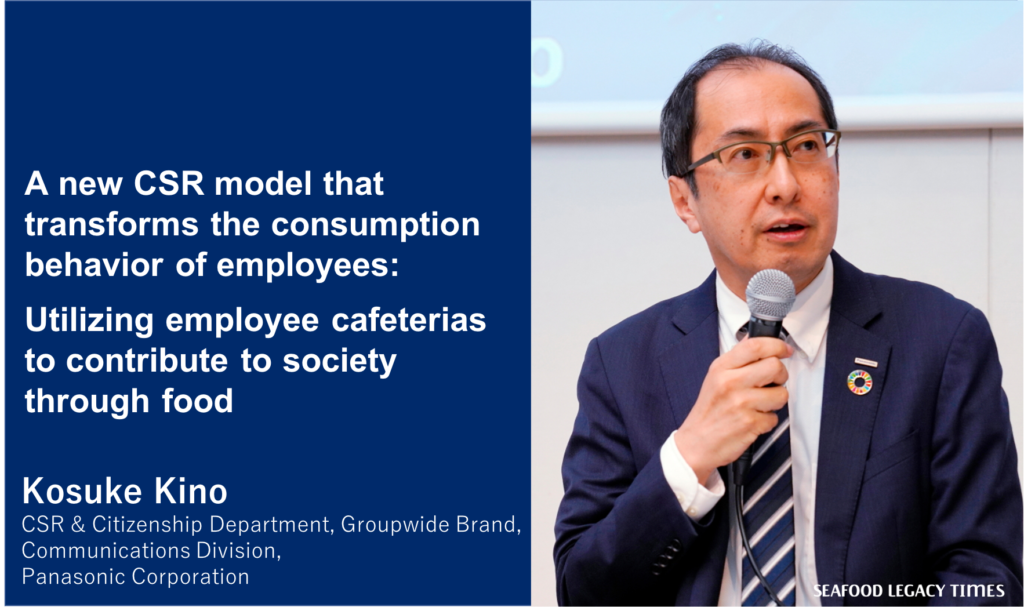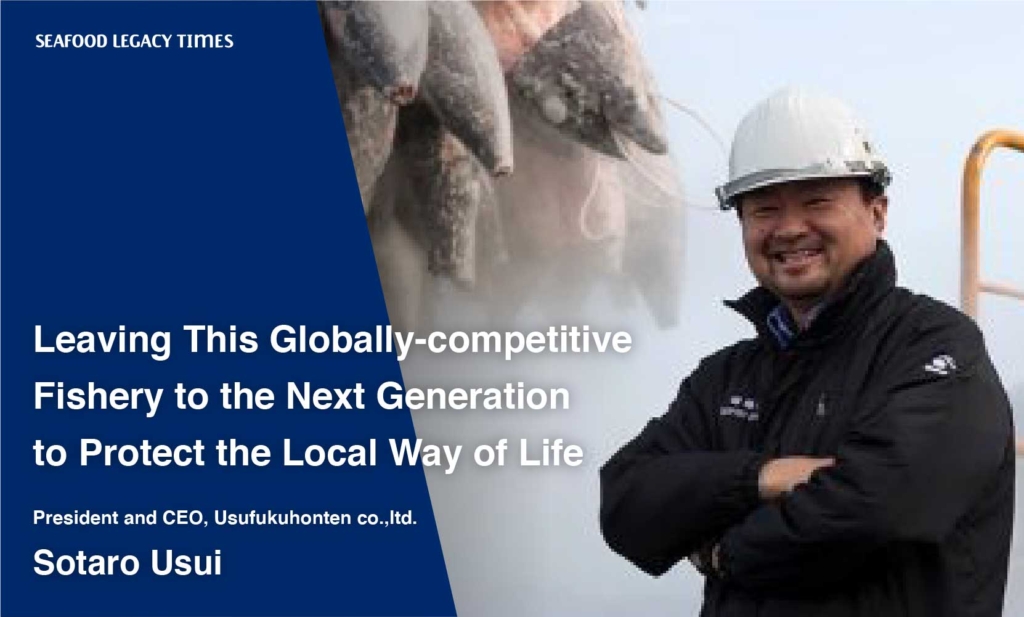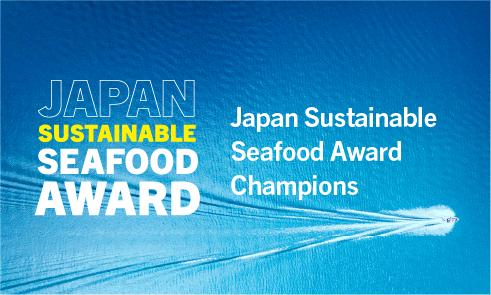

“Chefs for the Blue” was founded together with about 30 of the top chefs in Tokyo to consider the future of seafood. Its founder and the representative director is the food writer Ms. Hiroko Sasaki.
Chefs for the Blue has been learning from NGOs, researchers, and government agencies while holding events and seminars on sustainable seafood. Many of their collaborations with the private sectors and local governments as well as culinary activities have been reported in the media.
We asked the food writer, Ms. Sasaki, why she started focusing on the challenges facing the oceans and what role Chefs for the Blue seeks to fulfill for the ocean’s future.
──Please tell us about the recent activities of Chefs for the Blue.
There are several, but recently, we have been focusing on “Aquaculture X Technology” startups and the collaborative project with Umitron. Among them is the “UMI to SACHI” Seafood Action project that was crowdfunded for the purpose of securing a bountiful ocean and tasty seafood for the future.
We sold sustainably farmed fish in this project and studied how customers responded to it. We sold eco-friendly farmed fish at supermarkets in the Kanto region. Scanning the QR code on the packaging allows customers to find recipes recommended by Chefs for the Blue and information about the producer, farmed fish, “sustainability,” and more. Giving them an idea of how to cook them can encourage them to buy the first time and continue to buy if it tastes good.
The main difference between farm-raised and wild-caught fish is that fish grown in the same “fish pen” taste almost the same. Our ability to provide recipes that perfectly utilize that taste gives us an edge. Spending two months to create the recipes, we put a lot of effort into our recommendations. I also used my experience as a food writer for more than 20 years to figure out which recipes would resonate most with the customers. For example, dishes that can be cooked within 15 minutes and require three or fewer main ingredients that are available year-round. We selected simple recipes and some that are slightly more complicated, making them approachable to a broader audience. We got each of our chefs to propose two or more recipes, selected the appropriate ones, and improved on them before finalizing the recipes.
 “UMI to SACHI” Sales & Survey Project
“UMI to SACHI” Sales & Survey Project
── Only a group of top chefs could pull something like that off. How successful was it?
This time, we primarily sold farm-raised red snappers with the ASC eco-label certification*, and some stores selling the red snappers from “UMI to SACHI” had record sales beating the daily sales of red snappers in all other stores. While there was a general preconception that sustainable food is challenging to sell in supermarkets, it appears that this result managed to boost their confidence.
When we hold seminars and events, participants from the general public frequently ask, “So, what can we do starting tomorrow?” We always had trouble answering that question. Fortunately, this project has enabled us to propose “what to buy for their daily meals.” While it was only held in the Tokyo metropolitan area and for a limited time, providing consumers with a choice was a significant achievement. We received a lot of feedback saying, “There is something we can do after all.”
If consumer habits stay the same, the market will not change, and fisheries will not take action. It is difficult for fisheries to undertake sustainable practices on their own. While we encourage all parties to take up sustainable practices, we believe getting the message out to consumers is crucial.
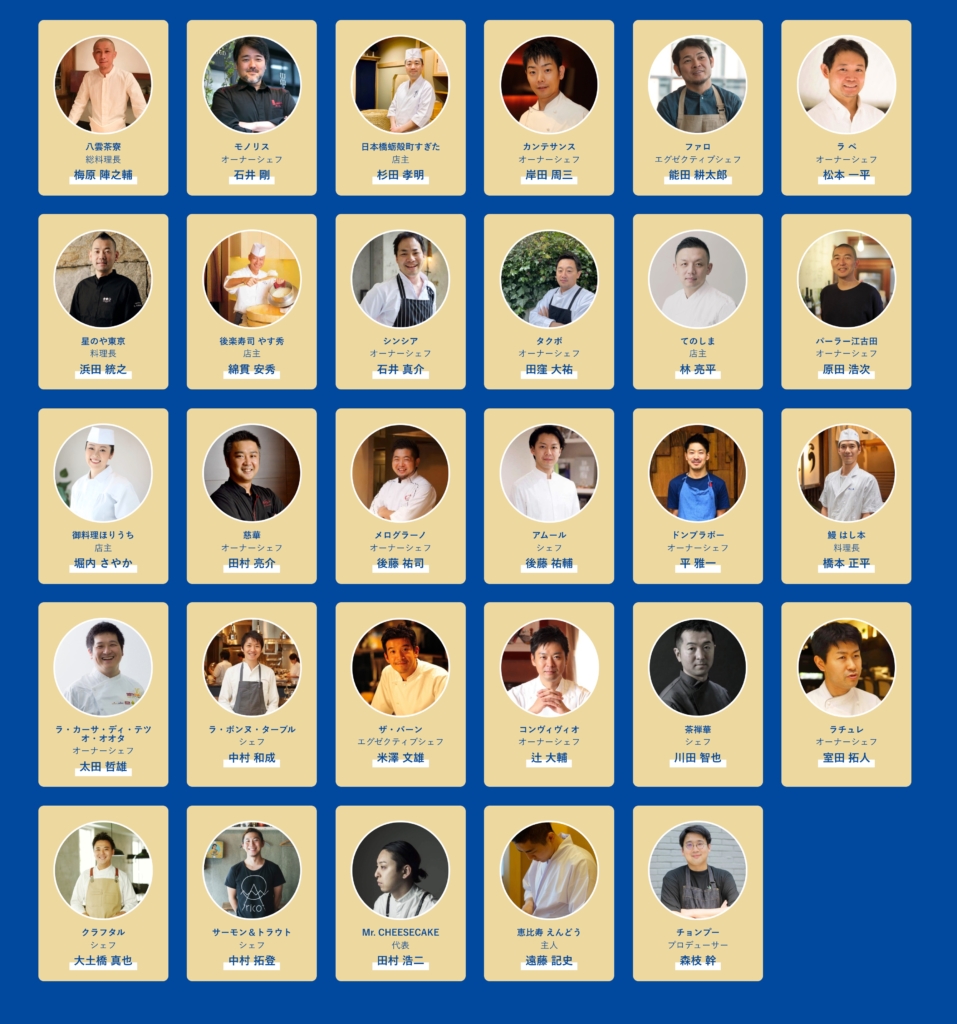
──What inspired you to become a food writer, Ms. Sasaki?
As I had the chance to eat out often since I was little, I naturally loved eating. When I was a high schooler, I saved up my pocket-money to eat at restaurants featured in food review books. That was exciting.
Being raised in that environment, I also took an interest in food magazines. Then, I got the opportunity to attend a course by the food writer that I admired. During the course, she was pleased with my essays and made me her apprentice.
Through countless interviews as a food writer at that time, I became fascinated with chefs. Other than the food, I absolutely love “chefs.” Every chef I have met has their mind set on pleasing the customer and is respectful of producers. They are very passionate and compassionate human beings. I have interviewed chefs from all over the world, and Japanese chefs are the most skilled and most emotionally attached to the ingredients they use.
As exemplified by the recipe proposals in this project, they always rise to the challenge regardless of how difficult it is. They have never failed to create something delicious in return. I have the utmost respect for their professionalism.

──Were you initially concerned about sea sustainability?
At first, I only knew the information reported by the major mass media, so no. I knew that the amount of eels and tuna was decreasing, so I tried not to eat them. Looking back, I had little to no knowledge. I had no idea that other fish species were also facing depletion.
It all changed when I was working on an interview about seafood. After hearing from people in the fishing industry and fisheries researchers, I learned about the seafood resource issue in Japan for the first time.
The story told by the anglers in Iki left the strongest impression on me. In Iki, Nagasaki Prefecture, the catch volume of tuna had decreased so much that the anglers voluntarily stopped fishing during the spawning season. However, their continuous effort went unnoticed. The voices of the fishing industry hardly reach the general public. I was shocked by that fact.
Realizing how little knowledge I had, I was racked by feelings of guilt for failing to fulfill my duty as a food writer in conveying their plight. At the same time, I realized that “If things go on like this, Japan’s food culture will be lost.” This sense of impending crisis was my driving force.
After being involved in the food industry for many years, I was convinced that Japan’s food culture is unique and invaluable. Other than the availability of a wide range of ingredients, Japan offers the best culinary experience not only in traditional Japanese cuisine but also in Chinese, French, and Italian. Moreover, it is possible to discover delicious food at affordable prices. Japanese cuisine is exemplified by a high degree of perfection coupled with the complexity and diversity of flavors. There is truly no other country like this.
And seafood is the bedrock of Japan’s food culture. Not only is seafood indispensable in traditional Japanese cuisine, but it is also essential in French fine dining, for example, in which more than half of the dishes use fish. While Japanese people only eat several types of meat, we eat around 50–100 types of fish. The ability to create an assortment of dishes using a wide variety of fish is one of the qualities that define a chef’s identity. However, that will disappear if we can’t catch any more fish.
──I see. So, your sense of impending crisis for the survival of Japan’s food culture was what drove you to be involved in sea sustainability. After finding out about the dire situation, what action did you take?
I wondered how the sushi chefs and other chefs would feel after learning about the plight of the fisheries. I went to ask them, but none of them knew of the dire situation. Even people deeply involved with the food industry, like chefs and me, had no idea. No wonder the general public is clueless. Most Japanese people, including me, do not know how the food on our dining table is sourced.
So, I set out to learn from the basics. I started a study group together with chefs that I knew. All 30 chefs whom I invited came to the study group. We learned about the current state of seafood, shared the steps necessary for resource management, and discussed ways to achieve it.
Many of the chefs said that it’s “unbelievable.” However, the fact that the market availability of seafood has changed drastically is undeniable. They continued to attend the study group to understand why.
“What can we do to help?” I believe everyone felt that way, even as they were left confused and frustrated at the situation. At that time, which was 2017, the word “Fishery Revolution” was almost non-existent. With the government and the distribution system stuck in inertia, the chefs mainly felt frustrated and wanted to take action. It was one debate after another.
Personally, I had no idea which path to take either. It was like running blind inside a dark tunnel. Although I believed what they told me in the interviews, I had no way to know if the stories were real. The government was also saying something different. Nonetheless, I was responsible for the actions of the 30 people that I gathered. It was unbelievably excruciating. Yet there was no turning back. I kept the faith and continued to learn more about sustainability.
 Study group
Study group
I believed that a bottom-up approach to make it more widely known would enable us to form a collective opinion. In the same year, I founded Chefs for the Blue (which later became a general incorporated association) with around 30 top chefs in Tokyo. The first thing that we did was a food truck. We sold dishes made using sustainable seafood out of the food truck and shared information about sustainability.
We informed media representatives and tried to get them to feature our food truck, but none of them came. So, I had no choice but to write an article about it myself. After that, we continued to host events and seminars, which spread the word, and gradually, more media representatives started covering our activities. Even then, most of the media that reported our activities mainly covered food or seafood.
I think the major event that turned the tide was the opening of the sustainable seafood restaurant “Sincère BLUE” by Chef Shinsuke Ishii (one of our board members) in 2020. Within two months, he was interviewed over 50 times by various mass media channels, including TV and newspapers. Undoubtedly, there are now more angles to approach sustainable seafood from. Besides social and economic perspectives, it was also discussed in terms of lifestyle and family expenses. As interest in the topic becomes more generalized, I can feel the general public becoming more well informed about it.
──Please tell us about the future activities of Chefs for the Blue.
We would like to expand our collaborations with the private sector, the central government, and local governments. I see the most potential in local collaborations. Using our social network of chefs, we can connect with local chefs. There are young chefs in Toyama who are demanding “sustainable seafood for Toyama,” inspired by our activities. As a result, we have started collaborations with them, which involves the local administration there. I believe that there are all kinds of possibilities to explore as long as we continue to communicate with people in various places.
As there are anglers in rural areas carrying out sustainable practices, we would like to support their activities too. Ultimately, I think the best-case scenario would be to have both fisheries and chefs act independently to ensure sustainability. If chefs and fisheries can join forces to keep their rural economy strong, it will truly be sustainable.
 Shrimp fishing boat in Imizu, Toyama
Shrimp fishing boat in Imizu, Toyama
──It will soon be five years since you started Chefs for the Blue. Have you found the answer to the initial question, “What can we do to help?”
I believe our role as a group of chefs is to lead the way as a standard-bearer. As we have many top chefs, we can definitely do a lot as influencers. In addition, Japanese chefs, for better or for worse, have a closer relationship with consumers, allowing them to send a more familiar message.
Chefs can connect both the producers and consumers. Occasionally, they can also connect with mass media. So, I think we can do many exciting things depending on how we collaborate.
Of course, our chefs run single-unit restaurants with limited seats, so even if the whole team switches to sustainable seafood, it’s probably not enough to change the market. However, we can lead the way in showing the food industry, consumers, and distributors such as supermarkets how to practice sustainable production and consumption. I want all of us to walk this path together.
The team is finally coming together to advance at the same pace towards the same goals. We are also starting to feel that our efforts are being recognized by society. I no longer feel like we are walking blind inside a tunnel. There is a clear light at the end of the tunnel telling us to “run this way.” Of course, we will continue to discuss the best way to go about it. However, the rail we chose to ride was the correct one. The whole team is convinced that what we believe in and work towards is just.
Hiroko Sasaki
Learned international relations theory in Japan, journalism and culinary arts in the US, and cultural anthropology in Hong Kong before working in the private sector and becoming a freelance journalist. As a food writer, editor, and translator, she has a long experience writing articles for magazines, newspapers, and websites on topics such as food culture, restaurants, food sustainability, and more. World Gastronomy Institute (WGI) Advisory Committee
Chefs for the Blue: https://chefsfortheblue.jp/










-1024x606.png)



_-1024x606.png)

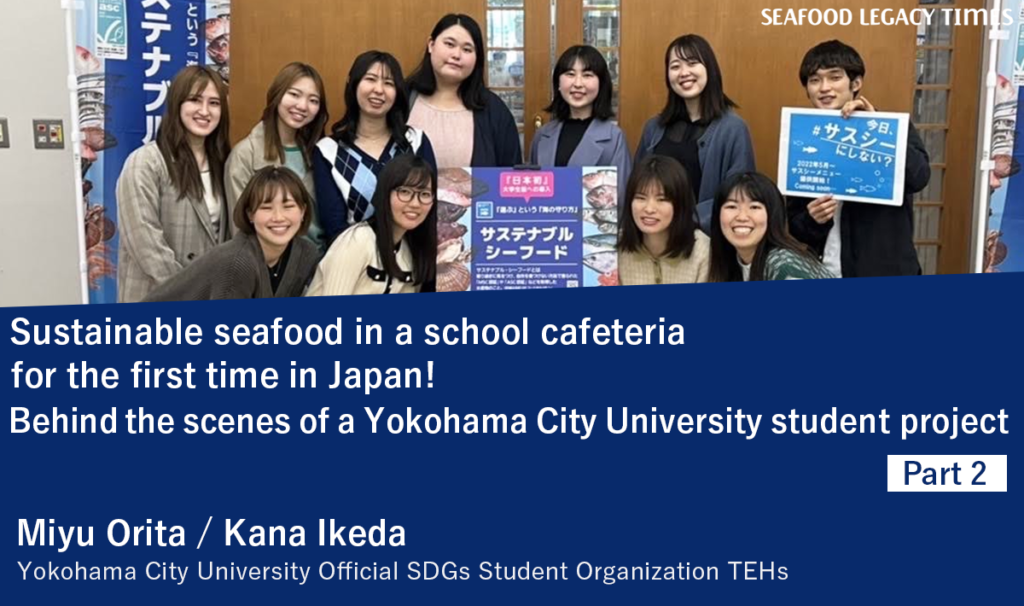

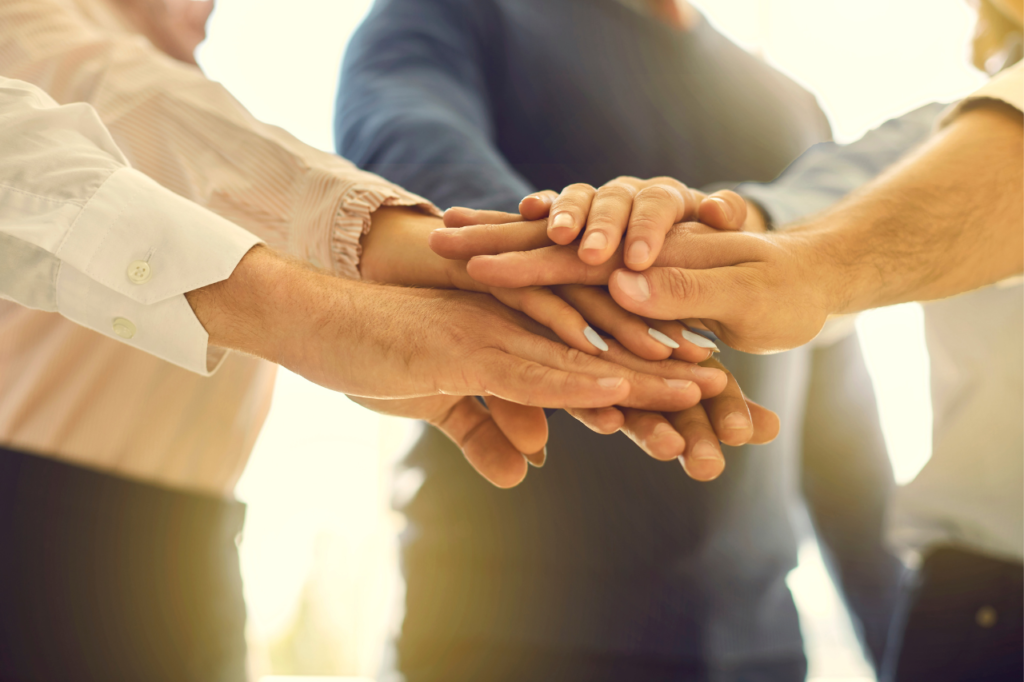














1_修正524-1024x606.png)















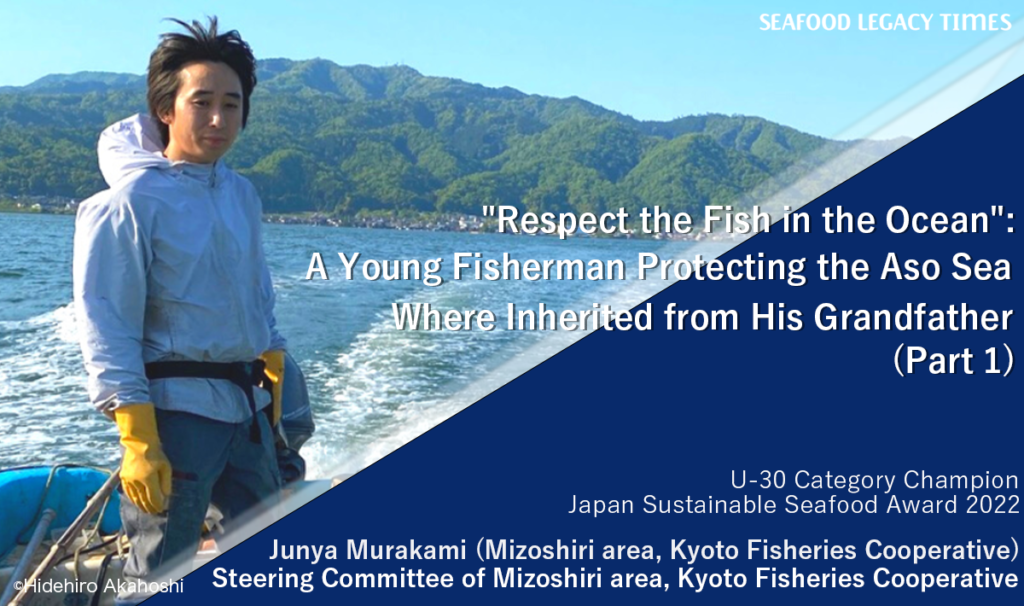
.2-1024x606.png)

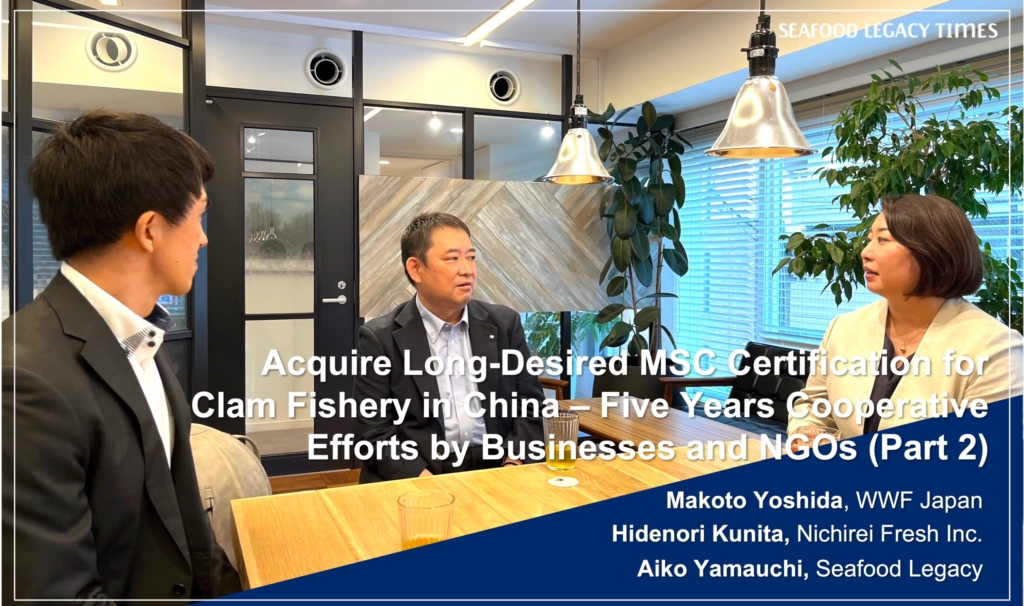











2-1024x606.png)
-1-1024x606.png)
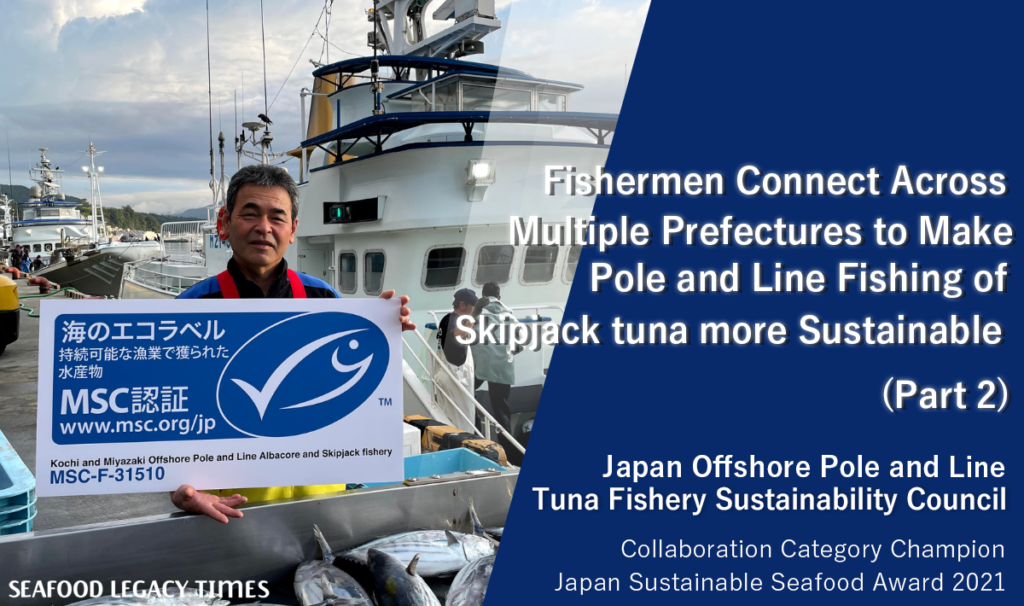
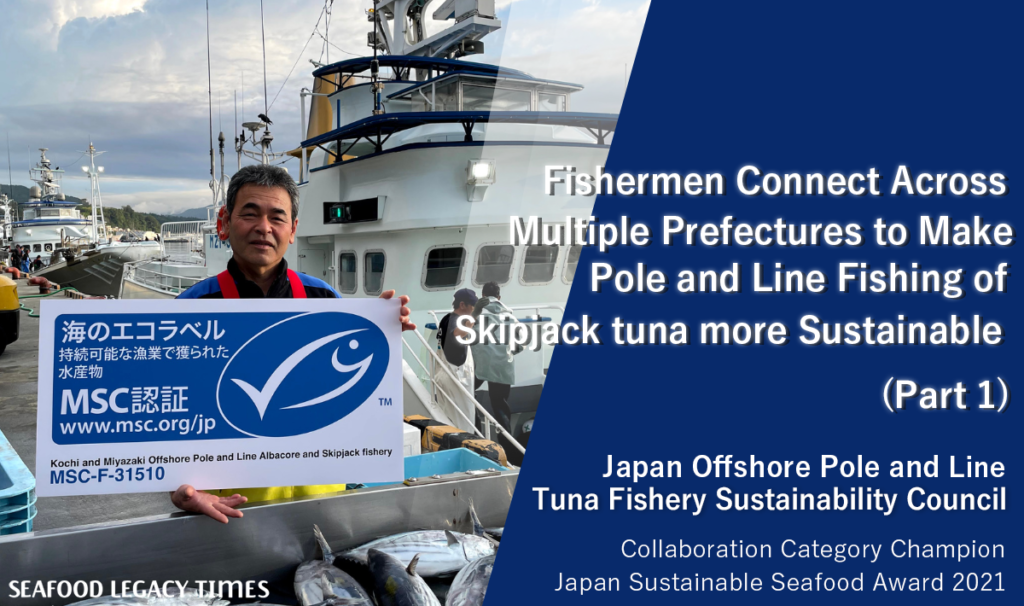


Part2-1024x606.png)
Part1-1024x606.png)
